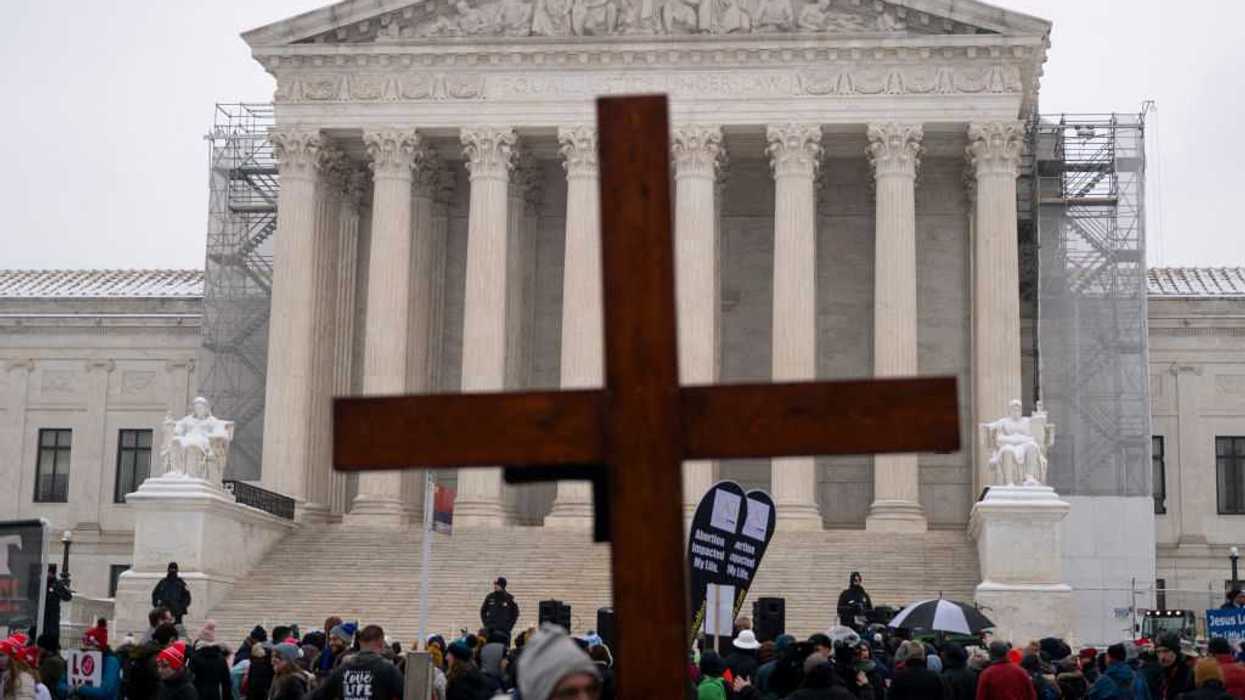
© 2026 Blaze Media LLC. All rights reserved.
Maybe this will make you think twice.
 Some rides directed toward younger patrons are more likely to result in injury than roller coasters and the like. A recent study found "fixed" and "mall" rides had more safety issues than those rides that traveled around with carnivals as well. (Photo: Shutterstock.com)
Some rides directed toward younger patrons are more likely to result in injury than roller coasters and the like. A recent study found "fixed" and "mall" rides had more safety issues than those rides that traveled around with carnivals as well. (Photo: Shutterstock.com)
It might seem like a no-brainer to label a high-speed roller coaster with steep drops and upside down flips as one of the more dangerous rides at an amusement park -- or even those rides that are continually taken apart and put back together with traveling fairs --but a recent study is showing just the opposite.
According to research published earlier this month in the journal Clinical Pediatrics, based on data from the National Electronic Injury Surveillance System, which recorded emergency room visits from patients under 18 years old seeking treatment for ride related-injuries, rides targeting younger riders seemed to have more injuries. About 4,400 people age 17 and younger go to the hospital each year as a result of ride-related injuries, but only 1.5 percent required hospitalization.
Roller coasters accounted for 10 percent of injuries and bumper cars saw 4 percent. But one with far more injuries -- 20.9 percent -- were carousels. That's right, the merry-go-round.
 (Photo: Shutterstock.com)
(Photo: Shutterstock.com)
The most common injury reported from the data was to the head and neck as a result of falling. Given the age demographic generally riding on a plastic pony that bobs up and down as a carousel spins, one might better understand how more accidents would happen here.
"Although the U.S. Consumer Product Safety Commission has jurisdiction over mobile rides, regulation of fixed-site rides is currently left to state or local governments leading to a fragmented system," the study's senior author Gary Smith, director of the Center for Injury Research and Policy of Nationwide Children's Hospital, said in a statement. Fixed-site rides are those that don't travel from one place to another. This wold include those at amusement parks not traveling carnivals.
"A coordinated national system would help us prevent amusement ride-related injuries through better injury surveillance and more consistent enforcement of standards," Smith continued.
"Mall rides" were even more likely to result in falling injuries.
"Injuries from smaller amusement rides located in malls, stores, restaurants and arcades are typically given less attention by legal and public health professionals than injuries from larger amusement park rides, yet our study showed that in the U.S. a child is treated in an emergency department, on average, every day for an injury from an amusement ride located in a mall, store, restaurant or arcade," said Smith, also a professor of pediatrics at Ohio State University College of Medicine. "We need to raise awareness of this issue and determine the best way to prevent injuries from these types of rides."
The study offered safety tips in the mean time:
- Always follow all posted height, age, weight and health restrictions.
- Make sure to follow any special seating order and/or loading instructions.
- Always use safety equipment such as seat belts and safety bars.
- Keep your hands and feet inside the ride at all times.
- Know your child. If you don't think he/she will be able to follow the rules, keep him/her off the ride.
- Trust your instincts. If you are worried about the safety of the ride, choose a different activity.
- Avoid "mall rides" if they are over a hard, unpadded surface or if they don't have a child restraint such as a seat belt.
Watch the National Children's Hospital's video feature on the study:
--
[related]
Want to leave a tip?
We answer to you. Help keep our content free of advertisers and big tech censorship by leaving a tip today.
Want to join the conversation?
Already a subscriber?
more stories
Sign up for the Blaze newsletter
By signing up, you agree to our Privacy Policy and Terms of Use, and agree to receive content that may sometimes include advertisements. You may opt out at any time.
Related Content
© 2026 Blaze Media LLC. All rights reserved.
Get the stories that matter most delivered directly to your inbox.
By signing up, you agree to our Privacy Policy and Terms of Use, and agree to receive content that may sometimes include advertisements. You may opt out at any time.






